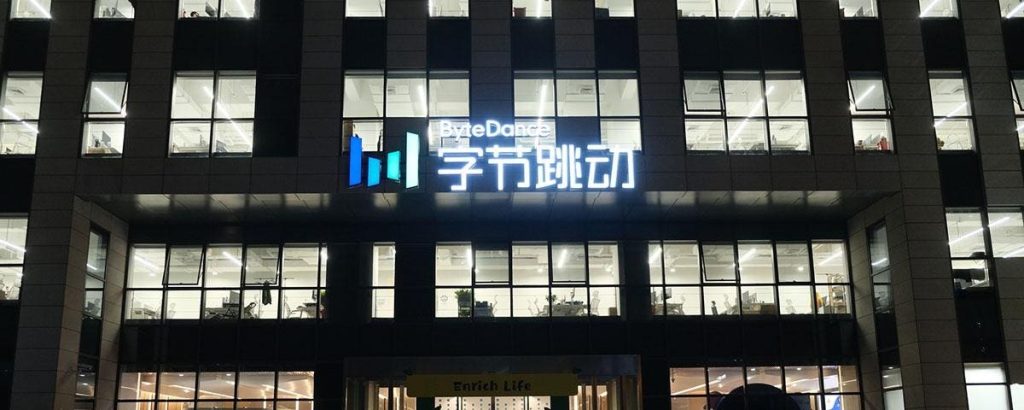Paragraph 1: Asian Markets and Geopolitical Developments
Asian equity markets presented a mixed picture overnight. Hong Kong-listed growth stocks experienced a surge, driven by optimism following a phone call between US President Donald Trump and Chinese President Xi Jinping. This positive momentum contrasted with underperformance in the Indian market. The Hang Seng Index and the Hang Seng Tech Index climbed notably, reflecting renewed investor confidence in the region. Concurrently, Vice President JD Vance and Elon Musk engaged in discussions with China’s Vice President Han Zheng, a key figure in President Xi’s inner circle. These high-level meetings, alongside reports of a potential visit by President Trump to China within his first 100 days in office, fueled speculation of improving US-China relations.
Paragraph 2: Investment Landscape and Shifting Perceptions
Geopolitical tensions have recently deterred US and global institutions from investing in China. Despite recognizing the attractive valuations of Chinese stocks, institutional investors have been hesitant due to negative portrayals of China in Western media. However, less constrained investors, including some prominent hedge funds, have already begun to allocate capital to China, recognizing the potential for significant returns. This divergence underscores the gap between institutional caution and the opportunistic approach of certain investors. Meanwhile, US-listed China equity ETFs have seen moderate outflows, indicating a degree of persistent skepticism among US investors.
Paragraph 3: Economic and Sector-Specific Trends
Amidst this complex landscape, certain sectors within the Chinese market have shown particular resilience. Real estate emerged as a top performer in both Mainland China and Hong Kong, with notable gains for developers like Country Garden and Sunac. The recovery of the real estate sector, after a period of significant challenges, suggests renewed investor interest and potential stabilization. Concurrently, e-commerce giant JD.com continued its upward trajectory, boosted by broker upgrades and the expansion of consumer subsidies to electronics, a key area of strength for the company.
Paragraph 4: Technology Sector Dynamics and Regulatory Scrutiny
The technology sector experienced mixed fortunes. Tencent, a major player in the Chinese tech landscape, saw its gains moderated by profit-taking. However, technology hardware, semiconductor companies, and the Apple supply chain ecosystem benefitted from reports of potential iPhone price adjustments and government support for local semiconductor firms. This positive news countered the impact of recent US export controls. Mainland Chinese stocks displayed more muted performance compared to Hong Kong, even as Premier Li sought input from the All-China Federation of Industry and Commerce. A post-market earnings report from battery giant CATL revealed slightly lower-than-expected revenue figures, potentially dampening investor enthusiasm.
Paragraph 5: TikTok Saga and the Intersection of Politics and Business
The ongoing debate surrounding TikTok’s future ownership underscores the interplay of political and economic considerations. Skepticism surrounding a potential outright ban of TikTok stemmed from the fact that its parent company, ByteDance, has significant US ownership. The involvement of US and global private equity firms in ByteDance’s funding complicates the narrative of the platform as a purely "foreign" entity. The media’s portrayal of TikTok often overlooked this nuanced ownership structure. The potential sale of TikTok, or the exploration of a joint venture structure, highlights the challenges of navigating complex geopolitical and economic landscapes.
Paragraph 6: Market Performance and Investor Flows
The Hang Seng and Hang Seng Tech indexes continued their positive trend, with notable gains driven by strength in the technology and real estate sectors. Southbound Stock Connect volumes indicated strong interest from Mainland investors, with net buying of Hong Kong-listed stocks and ETFs. Meanwhile, Mainland Chinese markets exhibited more divergence, with Shanghai and Shenzhen experiencing marginal movements while the STAR Board posted gains. Northbound Stock Connect volumes remained near average levels. These market dynamics reflect the ongoing interplay between domestic and international investor sentiment towards the Chinese market.

